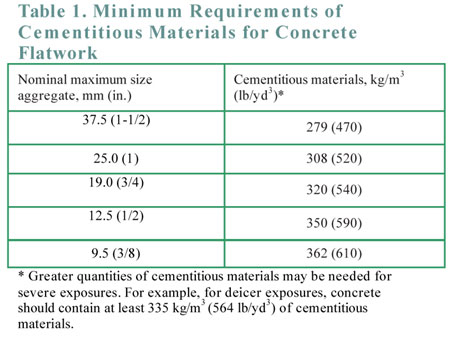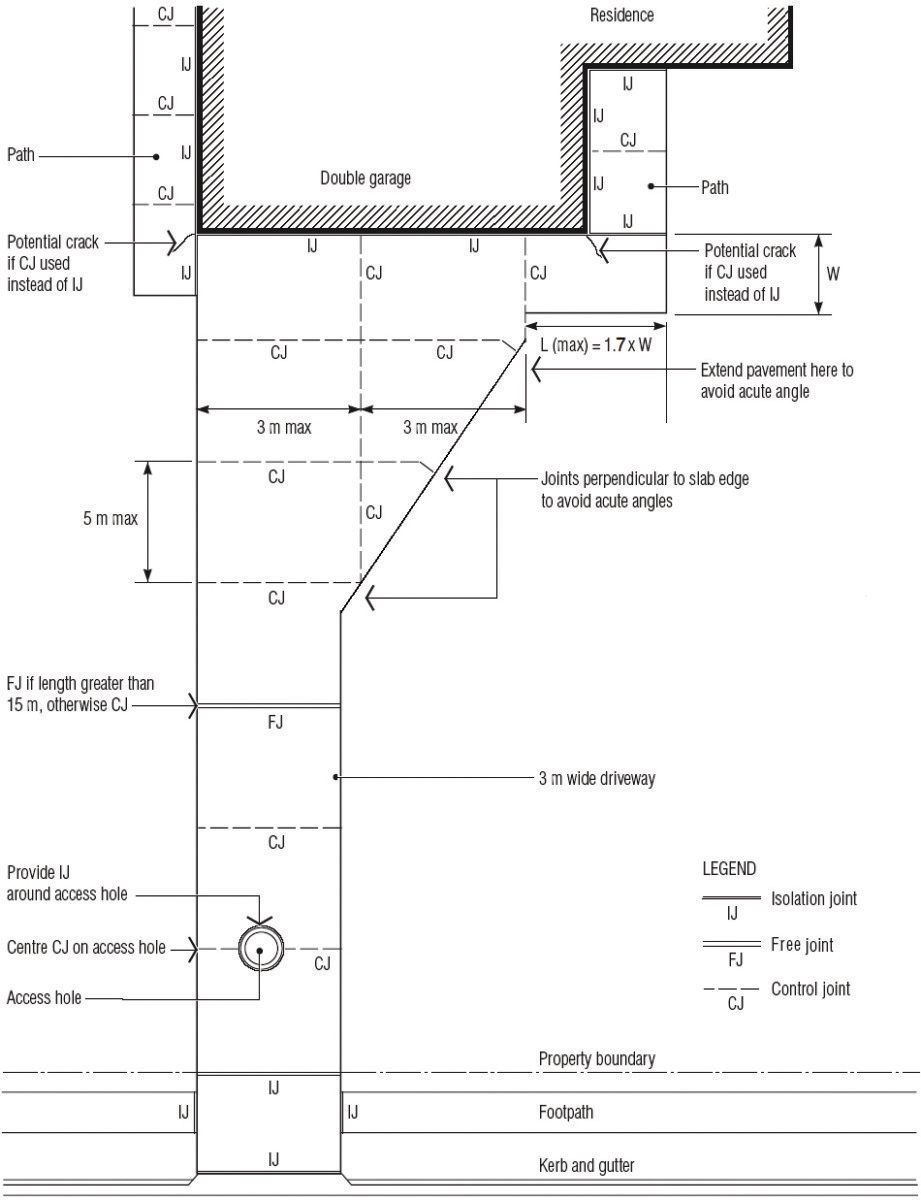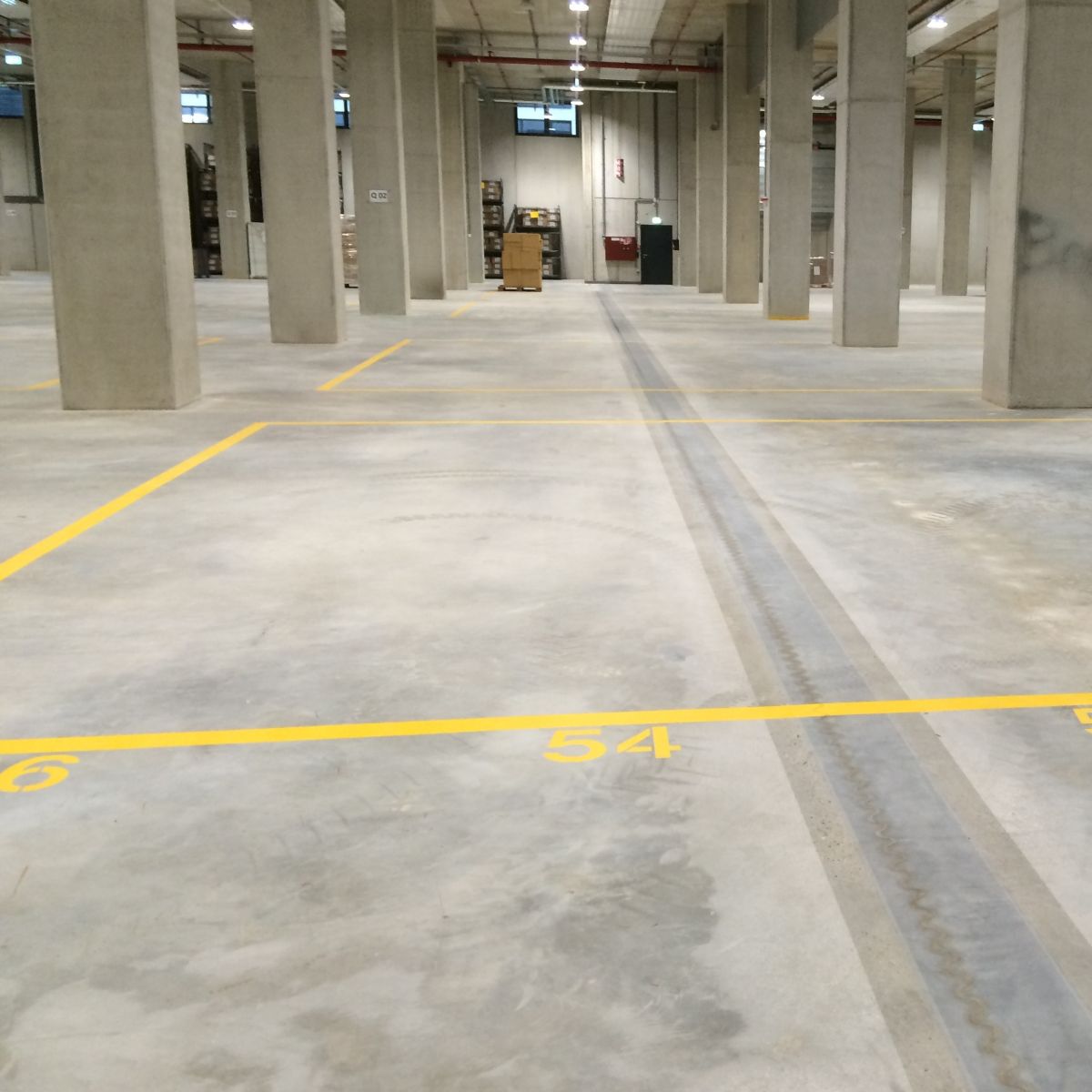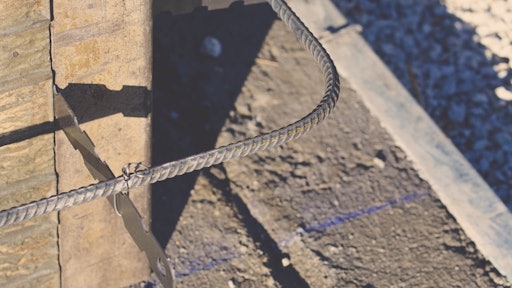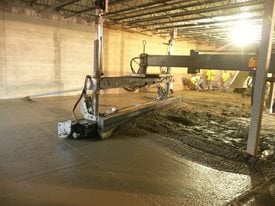F numbers provide architects and contractors a method of determining the flatness and levelness of a concrete floor slab.
Residential concrete slab flatness tolerances.
The familiar 1 8 in 10 3mm in 3 m tolerance is not an option with aci 117 which may present some difficulties for specifying slab tolerances for certain types of floor coverings.
Common tolerances were 1 8 inch or 1 4 inch in 10 feet.
Other tolerances in this section dictate the maximum deviation from the planned location of the top surface elevation and the cross sectional dimensions of piers and footings.
The flatness of the surface and variation from the designed elevation levelness.
Concrete floor slab flatness and levelness traditionally allowable tolerances of concrete floor slabs were determined by checking the slab surface with a 10 foot straightedge.
Consult the finish flooring manufacturer s instructions for acceptable substrate flatness tolerances.
A surface that does not require formwork to provide either shape or finish to the surface e g.
The tolerances achievable with precast concrete and cast in place concrete are likely to be quite differ ent.
The top surface of slabs or pavements.
The higher the f number the flatter or more level the floor.
Floor flatness levelnessone of the things that distinguishes a high tolerance floor is its f number requirement.
If the specifier arbitrarily establishes a tolerance he may be unknowingly prescribing the con struction method to be.
Depending on where the measurement was made the slab may pass or fail the specified.
Flatness can be thought of as smoothness how bumpy or smooth the slab is.
Areas within 1 5 meters of walls columns or.
Section 4 is the longest part of aci 117 covering tolerances for cast in place concrete for buildings including walls floors and slabs.
The construction and installation of door frames movable partitions pre fabricated cabinetry and elevator landings are impacted by the flatness and levelness of the floor slabs.
Levelness on the other hand is the average change in elevation over a longer distance for example inch in 12 feet.
They are calculated using the standards set forth in astm e1155 which is the standard test method for determining f f floor flatness and f l floor levelness numbers the american concrete institute indicates acceptable ranges for flatness and levelness in aci 302 1 guide.
The fallacy of the straightedge method was the location of the measurement.
Similarly the tolerances achiev able with fixed forms sliding forms and other types of forming systems can differ.
For many internal ground floors the most suitable tolerances to be worked to are free movement classifications fm as defined in tr34 by the concrete society a floor is classified as free movement if it can be driven around freely by vehicles such as forklifts without too many obstacles such as columns or walls.
F numbers were developed in the 1980s to provide a systematic quantitative way to indicate the flatness and levelness of a concrete floor.
While its cosmetic importance is obvious slab flatness levelness also has a major impact on the ease efficiency and cost of finishing out tenant spaces.






